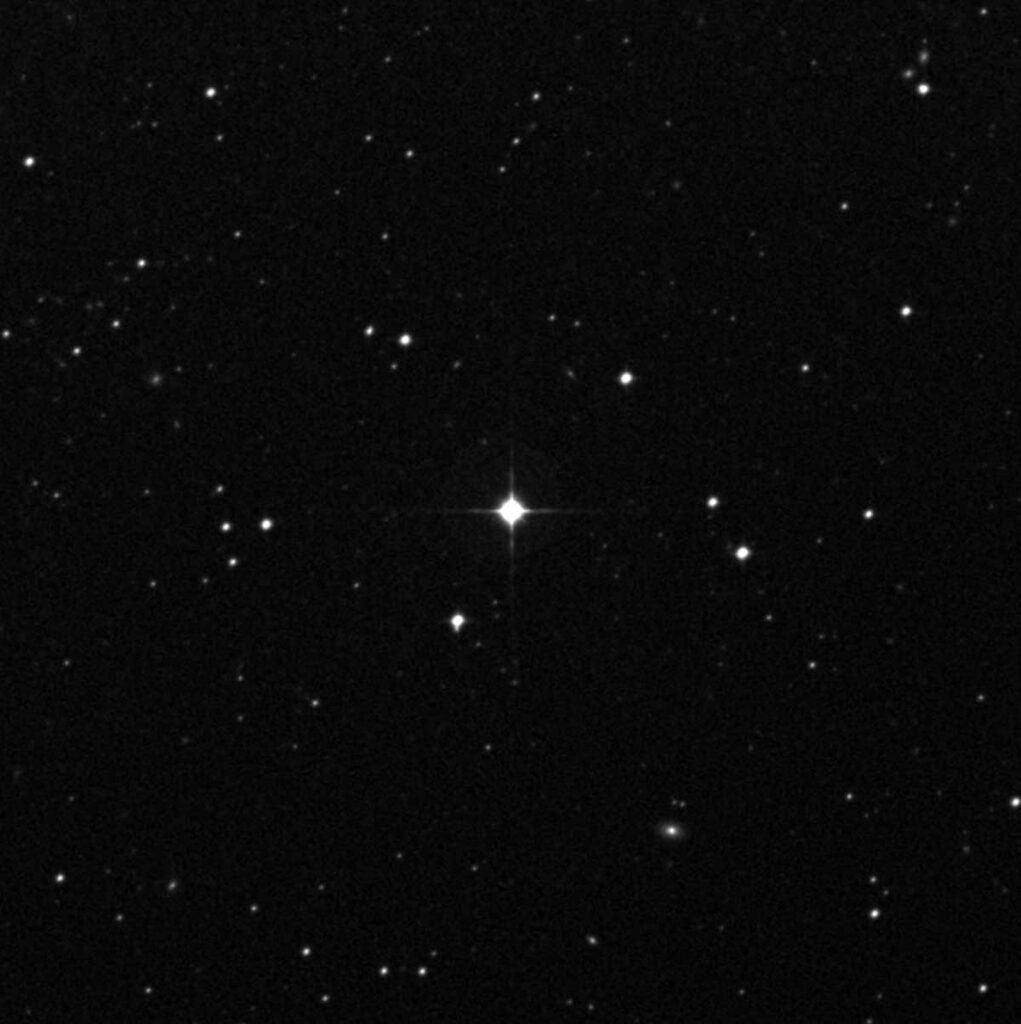
Our Sun is one of the more metal-rich stars we’ve studied. Its high concentration of heavy elements kind of makes sense. If the cloud of material that formed our Sun and solar system hadn’t been high in metals, the materials needed to form our world – with its nickel-iron core – wouldn’t have been around.
As we work to understand what it takes to form our kind of solar system, we are looking for stars that capture the history of our galaxy’s chemical evolution in their atmospheres. This isn’t easy. Our chemically complex Sun is more than 98% hydrogen & helium with just 1.3% of its atoms being heavier elements. We are trying to measure one part in thousands when we go looking for complex atoms in chemical boring stars.
But we can do it, and sometimes the results are super weird.
In a paper accepted for publication in The Astrophysical Journal Supplement Series, researchers led by Ian Roederer detail the presence of 63 different elements in an otherwise metal-poor star. The majority of the atoms are formed when neutrons bombard the nucleus of atoms and then decay such that the atoms transform into heavier elements. This can happen in both supernovae and during the collision of neutron stars.
The ratios of the elements – how much cadmium is formed compared to niobium – should eventually allow us to say, “This star’s elements came from a neutron star merger, and this one came from some kind of supernova.” We’re still teasing out the details, but this newly studied star has many of the same ratios as our Sun, hinting that both got suites of their materials from the same kinds of past events.
The atomic ratios in this star don’t match what we saw in our one observed neutron star merger, so this further hints that it was supernovae that got this star and maybe us, too, much of the gold we see. And what I find most fascinating about this paper is this one sentence in the discussion: We [assume] that a single r-process event dominated the heavy-element enrichment of the gas from which HD 222925 formed.
They are able to look at this star, measure its ingredients, and see how multiple supernovae contributed to the formation of its lighter elements, but only one spectacular event was needed to create its heaviest elements.
Folks, we’re reverse engineering stars. And that is kind of awesome. The more we are able to do this, the closer we will get to being able to say: to get to a planetary system like ours, first, these things must happen.
More Information
University of Michigan press release
“The R-Process Alliance: A Nearly Complete R-Process Abundance Template Derived from Ultraviolet Spectroscopy of the R-Process-Enhanced Metal-Poor Star HD 222925,” Ian U. Roederer et al., to be published in Astrophysical Journal Supplement Series (preprint on arxiv.org)




 Join the Crew!
Join the Crew!
 Escape Velocity Space News
Escape Velocity Space News
0 Comments